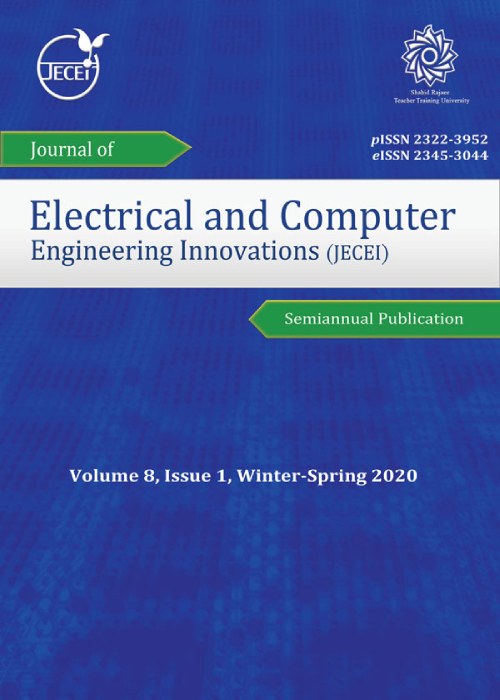Hybrid Method of Recommender System to Decrement Cold Start and Sparse Data Issues
The main purpose of the recommender system is to estimate the user's desire and provide a list of items predicted using the appropriate information. Recommender systems offering suggestions items to users face the two challenges of cold start and sparse data.
This paper aims to propose a novel method to overcome the cold start and sparse data challenges in recommender systems. Singular value decomposition is one of the most common methods to reduce sparse data in recommender systems by reducing dimensions. However, the basic singular value decomposition can only extract the feature vectors of users and items, potentially resulting in lower recommendation precision. Using similarity criteria between entities, in addition to being able to reduce cold start that can solve the problem of singular value decomposition through extracting more refined factor vectors. Besides, considering the context dimensions as the third dimension of the matrix requires the use of another flexible algorithm, such as tensor factorization offering a viable solution to minimize the sparse data challenge. We propose a novel method named TCSSVD. First, a two-level matrix is obtained through similarity criteria between the user and the item to reduce the cold start challenge. The second step, to reduce the challenge of sparse data, contextual information is used with the help of tensor in the two level singular value decomposition.
Two data sets IMDB and STS due to the exerting of users feature, items feature and contextual information to review the proposed method. In order to the accuracy of the prediction of the criterion RMSE with an accuracy of 95%. However, since the user's rating of the item is of particular importance in the recommender systems. The method TCSSVD compared to the methods tensor factorization, HOSVD, BPR, and CTLSVD are used evaluation measure Precision, Recall, F1-score, and NDCG.
The findings indicate that the use of innovative similarity criteria to extract user attributes, items to reduce the cold start and the use of contextual information through the tensor in the TCSSVD in order to sparse data. The results contribute to improving the accuracy of the suggestions given to users in recommender systems.
- حق عضویت دریافتی صرف حمایت از نشریات عضو و نگهداری، تکمیل و توسعه مگیران میشود.
- پرداخت حق اشتراک و دانلود مقالات اجازه بازنشر آن در سایر رسانههای چاپی و دیجیتال را به کاربر نمیدهد.


